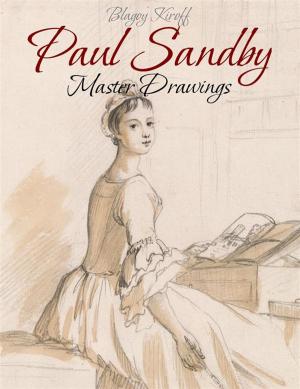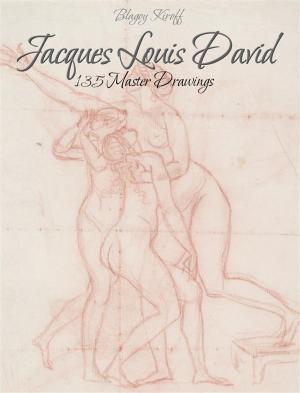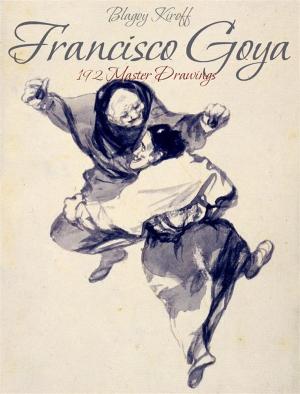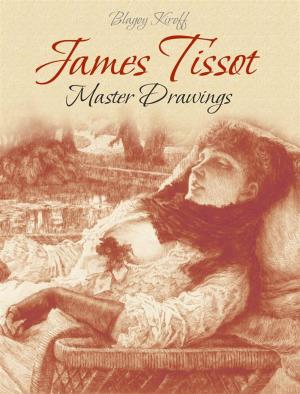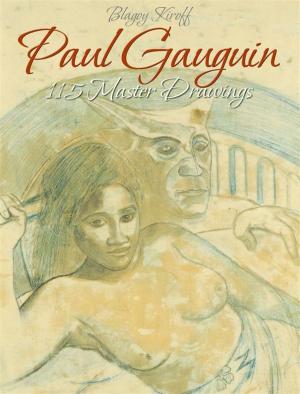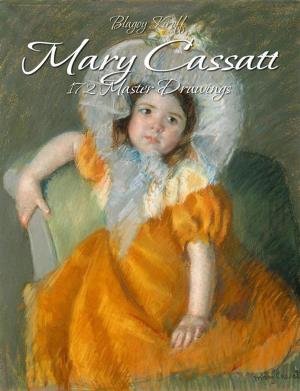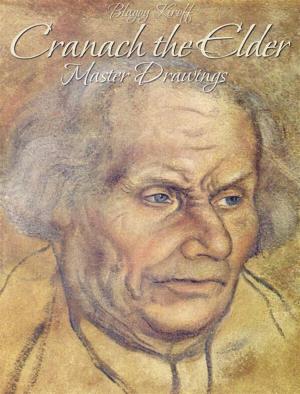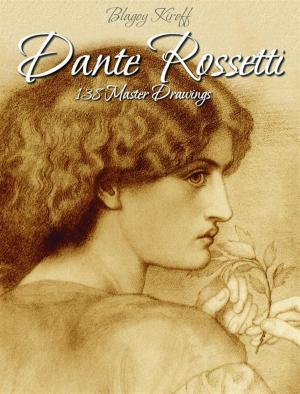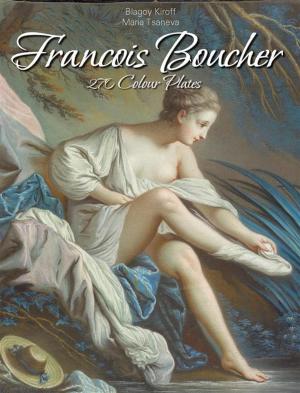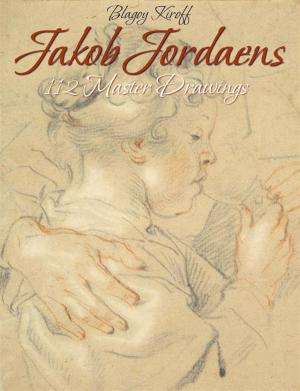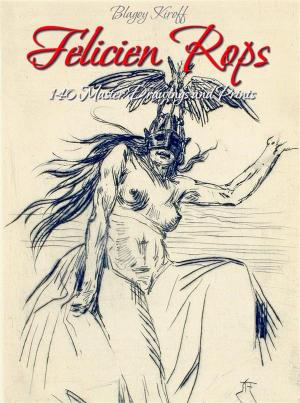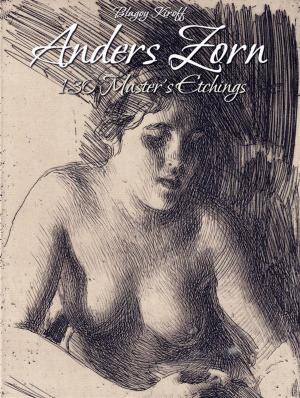Toulouse-Lautrec: 220 Master Drawings
Nonfiction, Home & Garden, Crafts & Hobbies, Art Technique, Drawing, Art & Architecture, General Art| Author: | Blagoy Kiroff | ISBN: | 9786051760384 |
| Publisher: | Blagoy Kiroff | Publication: | June 13, 2015 |
| Imprint: | Language: | English |
| Author: | Blagoy Kiroff |
| ISBN: | 9786051760384 |
| Publisher: | Blagoy Kiroff |
| Publication: | June 13, 2015 |
| Imprint: | |
| Language: | English |
Henri de Toulouse-Lautrec is best known as a chronicler of the nightlife of late 19th century Paris. He used to frequent the nightclubs and cafés of Montmartre, befriending the dancers and prostitutes, making countless sketches as they comb their hair or just lie in bed. Toulouse-Lautrec did not picture the world of the dancers and prostitutes from outside: he just lived in that world. From time to time he rented a room in a brothel, where he made drawings of the prostitutes and their clientele. With only a few pencil strokes Toulouse-Lautrec renders a mood and a character. The men in his drawings and posters are often caricatures of power with large protruding chins and noses and big fat faces. By contrast his women are drawn with much warmth and empathy.
There is a sense of movement in Toulouse-Lautrec’s drawings of dancers and horses. His dancers appear from a few twirls and swirls. He does not draw the dancer, but the motions. His lithographs and sketches of Loie Fuller consist of little more than abstract shapes, in which we can barely detect a head and a pair of legs. When he was commissioned to make a series of lithographs with a horse racing theme, The Jockey (1899), Toulouse-Lautrec does not start from an anatomically correct horse, but tries to capture the strength and speed of the horses in motion. By choosing this particular viewing angle he puts the viewer as it were on one of the trailing horses.
After a life of enormous productivity (more than 1,000 paintings, 5,000 drawings, and 350 prints and posters), debauchery, and alcoholism, Toulouse-Lautrec suffered a mental and physical collapse and died at the age of 37.
Henri de Toulouse-Lautrec is best known as a chronicler of the nightlife of late 19th century Paris. He used to frequent the nightclubs and cafés of Montmartre, befriending the dancers and prostitutes, making countless sketches as they comb their hair or just lie in bed. Toulouse-Lautrec did not picture the world of the dancers and prostitutes from outside: he just lived in that world. From time to time he rented a room in a brothel, where he made drawings of the prostitutes and their clientele. With only a few pencil strokes Toulouse-Lautrec renders a mood and a character. The men in his drawings and posters are often caricatures of power with large protruding chins and noses and big fat faces. By contrast his women are drawn with much warmth and empathy.
There is a sense of movement in Toulouse-Lautrec’s drawings of dancers and horses. His dancers appear from a few twirls and swirls. He does not draw the dancer, but the motions. His lithographs and sketches of Loie Fuller consist of little more than abstract shapes, in which we can barely detect a head and a pair of legs. When he was commissioned to make a series of lithographs with a horse racing theme, The Jockey (1899), Toulouse-Lautrec does not start from an anatomically correct horse, but tries to capture the strength and speed of the horses in motion. By choosing this particular viewing angle he puts the viewer as it were on one of the trailing horses.
After a life of enormous productivity (more than 1,000 paintings, 5,000 drawings, and 350 prints and posters), debauchery, and alcoholism, Toulouse-Lautrec suffered a mental and physical collapse and died at the age of 37.


